
Groupon is offering a Free 60-Day membership to Kindle Unlimited. You must not have had been a KU subscriber within the last 12 months. A Kindle Unlimited (KU) subscription usually costs $9.99 a month and includes free access to a special library of over 1 million eBooks, thousands of audiobook narrations, and current issues of various magazines. As with Netflix, when the membership ends, your ability to read the books end as well.
After making the purchase, you must “view” the voucher and redeem the unique code here. Note that you must link a credit card and they will charge you $9.99 a month after the initial 60 days by default. To prevent this, you can visit here and cancel the auto-renewal. It will says something like “Your benefits will continue until January 6, 2018, after which your card will not be charged and your membership will end.”
What books are included? You can view all Kindle Unlimited books here. You can search Kindle Unlimited titles here after clicking the “Kindle Unlimited Eligible” box on the top-left. There are is a mix of a few bestsellers, some older classics, and a lot of independently-published titles of varying quality. Here are some finance-related titles that caught my eye:
- If You Can: How Millennials Can Get Rich Slowly by William Bernstein
- Misbehaving: The Making of Behavioral Economics by Richard Thaler
- How Much Can I Spend in Retirement?: A Guide to Investment-Based Retirement Income Strategies by Wade Pfau
- The Simple Path to Wealth: Your road map to financial independence and a rich, free life by JL Collins
- Can I Retire Yet?: How to Make the Biggest Financial Decision of the Rest of Your Life by Darrow Kirkpatrick
- The Millionaire Next Door by Stanley and Danko
Kindle Unlimited authors get paid per page that is read. Therefore, your reading can support their efforts.
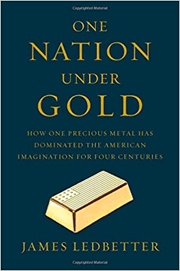
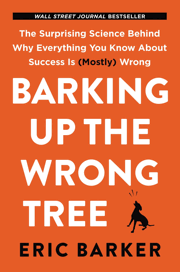
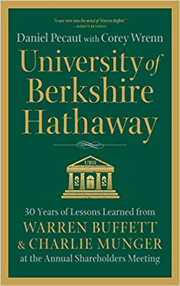
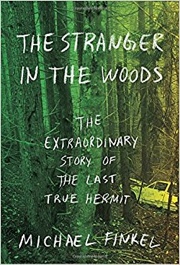
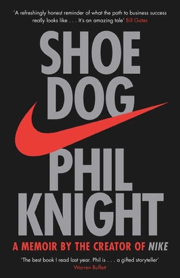
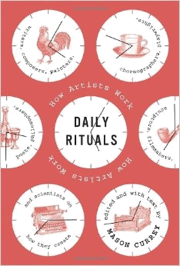
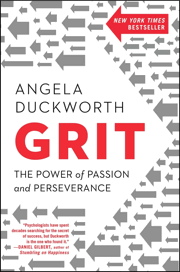
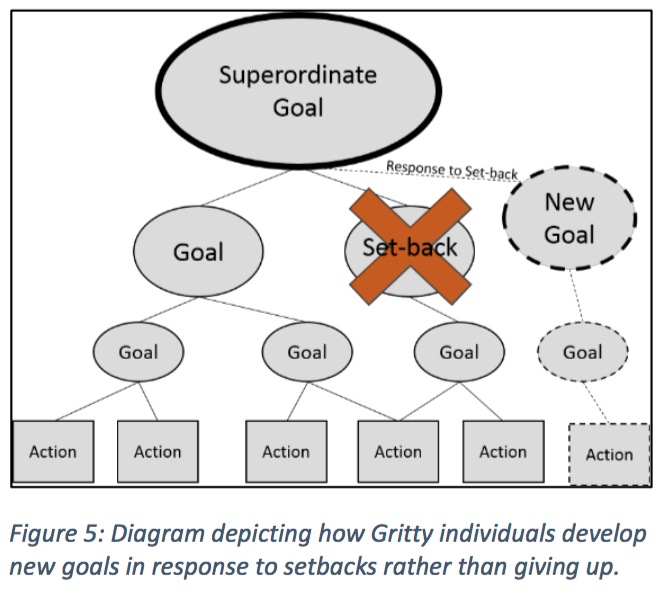
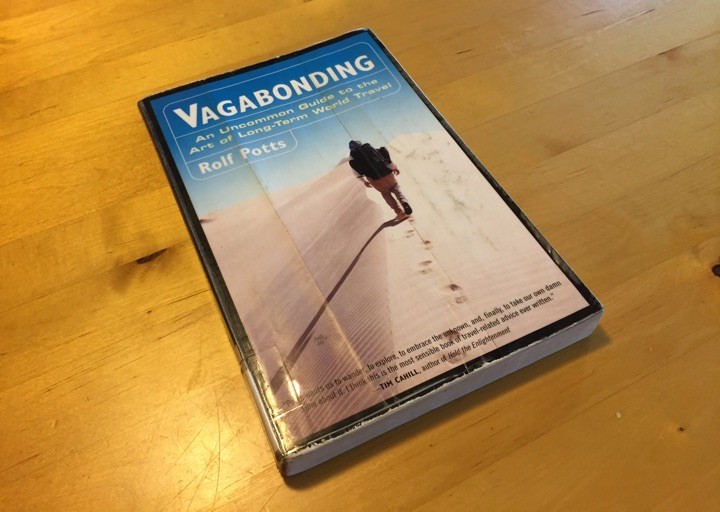
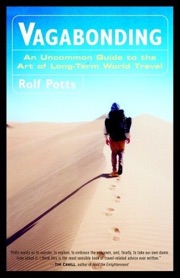
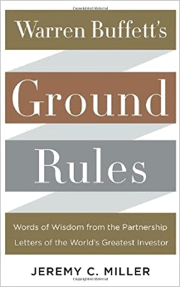
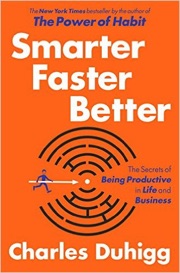
 The Best Credit Card Bonus Offers – 2025
The Best Credit Card Bonus Offers – 2025 Big List of Free Stocks from Brokerage Apps
Big List of Free Stocks from Brokerage Apps Best Interest Rates on Cash - 2025
Best Interest Rates on Cash - 2025 Free Credit Scores x 3 + Free Credit Monitoring
Free Credit Scores x 3 + Free Credit Monitoring Best No Fee 0% APR Balance Transfer Offers
Best No Fee 0% APR Balance Transfer Offers Little-Known Cellular Data Plans That Can Save Big Money
Little-Known Cellular Data Plans That Can Save Big Money How To Haggle Your Cable or Direct TV Bill
How To Haggle Your Cable or Direct TV Bill Big List of Free Consumer Data Reports (Credit, Rent, Work)
Big List of Free Consumer Data Reports (Credit, Rent, Work)